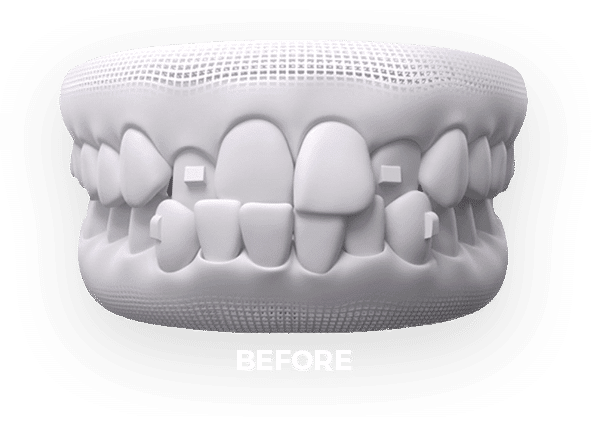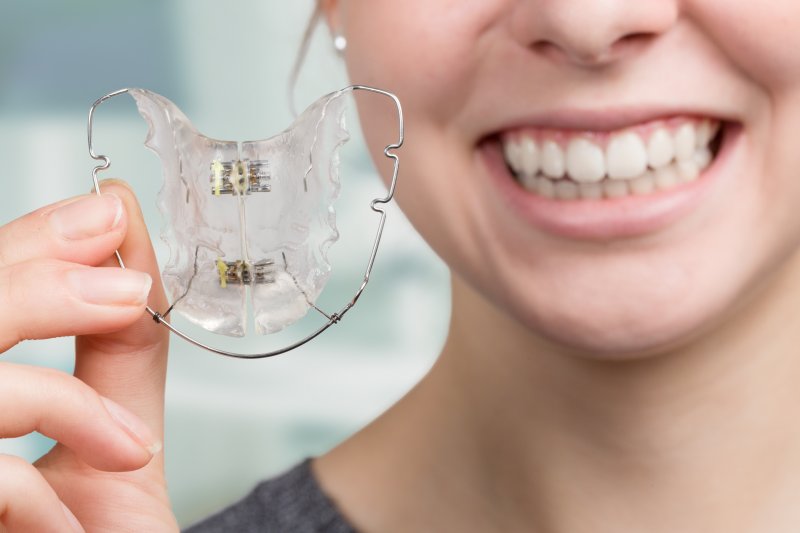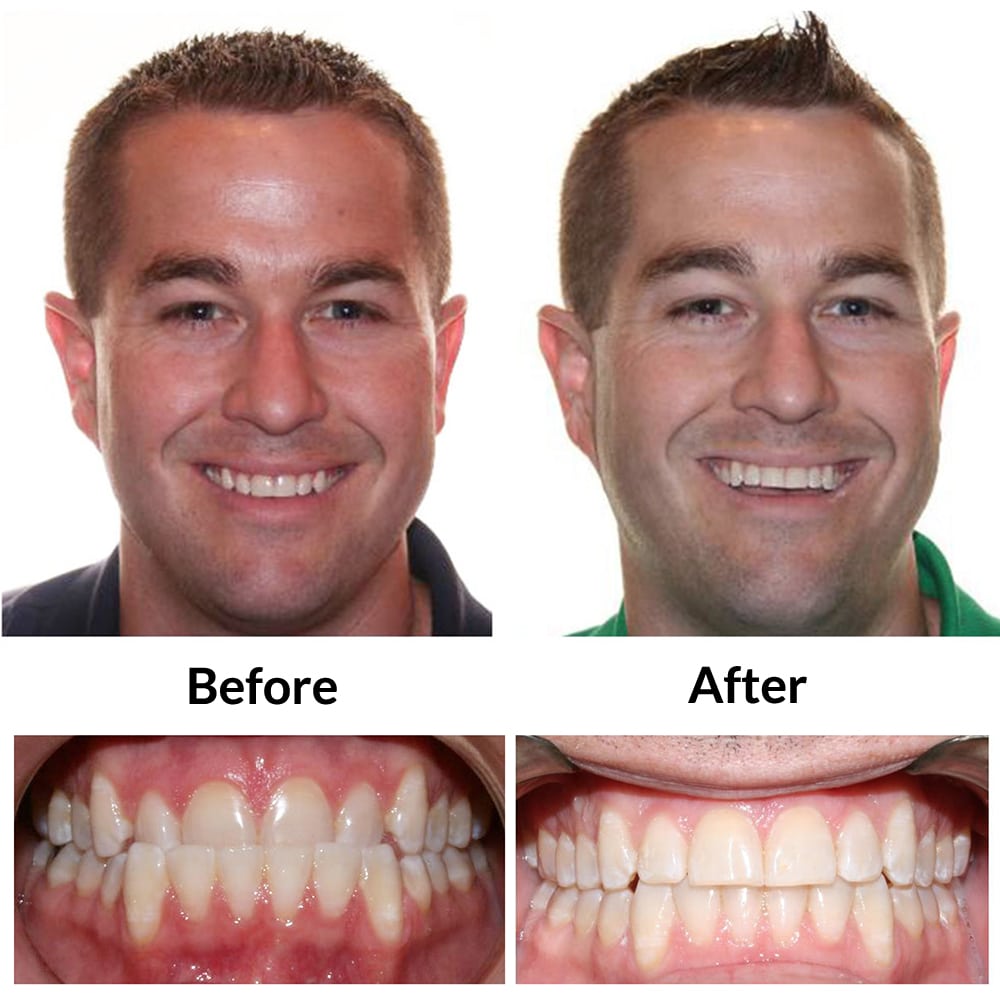The Price of Invisalign: Recognizing the Investment in Your Smile
The Price of Invisalign: Recognizing the Investment in Your Smile
Blog Article
Invisalign vs. Traditional Braces: Which Alternative Is Right for You?
When thinking about orthodontic therapy, the selection in between Invisalign and typical braces presents a number of crucial aspects that warrant careful assessment. Invisalign uses a very discreet choice with removable aligners, while traditional dental braces offer an extra visible yet efficient remedy for extreme imbalance. Each alternative incorporates distinctive advantages and drawbacks connected to aesthetics, comfort, therapy period, and price. Understanding these nuances is essential for making a notified decision that aligns with your individual choices and way of living. The inquiry continues to be: which alternative will ideal satisfy your orthodontic requirements and expectations?
Review of Therapy Choices

In contrast, standard dental braces include steel brackets and cords that are bound to the teeth. This approach uses continuous pressure with time to achieve positioning. While reliable for intricate orthodontic issues, standard dental braces call for regular brows through for adjustments and can position obstacles in maintaining oral hygiene because of the trouble of cleansing about brackets and wires.
Both choices have their qualities, and the choice typically rests on details oral problems, lifestyle preferences, and client conformity. Ultimately, getting in touch with an orthodontic professional is essential for figuring out one of the most ideal therapy plan tailored to individual requirements. Comprehending the nuances of each choice can significantly influence the general success of orthodontic treatment.
Aesthetic Considerations
A considerable element influencing the option between Invisalign and traditional braces is the aesthetic charm each treatment provides. Invisalign aligners are crafted from clear plastic, making them practically invisible when put on.
In contrast, traditional dental braces contain metal braces and cables, which can be more obvious. While improvements in orthodontic technology have actually led to the growth of smaller brackets and tinted elastics, conventional dental braces still maintain an even more conspicuous profile. For some people, the visibility of dental braces may hinder them from seeking needed therapy.
Ultimately, the option between Invisalign and standard dental braces may pivot on individual preferences pertaining to aesthetics. Individuals that focus on discretion commonly favor Invisalign, while those that are less worried concerning visibility may choose for traditional braces. Comprehending the visual effects of each option is vital for making an informed decision that straightens with one's way of life and choices.
Convenience and Convenience

In regards to comfort, Invisalign aligners are removable, allowing people to appreciate their preferred foods without restriction and maintain optimum oral hygiene. Cleaning and flossing are streamlined, as the aligners can be gotten during these regimens, whereas conventional braces need careful steering around cords and brackets.
Additionally, Invisalign's dynamic system enables for fewer orthodontic visits. People normally obtain numerous sets of aligners at as soon as, which can enhance the treatment procedure and decrease time invested in the orthodontist's chair. In contrast, traditional dental braces require regular modifications, making them less hassle-free for those with hectic routines. Invisalign. Overall, the convenience and benefit of Invisalign make it an appealing selection for lots of individuals seeking orthodontic therapy.
Treatment Period and Efficiency
While both Invisalign and conventional braces are efficient in correcting oral misalignments, the period of treatment can differ considerably in between both options. Typically, Invisalign treatment can take anywhere review from 12 to 18 months, depending on the intricacy of the case. The clear aligners function by gradually moving teeth right into their wanted positions, and regular follow-ups with an orthodontist assistance make sure progression continues to be on track.
On the other hand, traditional braces commonly call for a longer dedication, generally varying from 18 months to 3 years. This results from their set nature and making use of cords and braces, which can be extra effective for complex cases and serious imbalances (Invisalign). The therapy performance of typical dental braces is well-documented, as they permit precise adjustments and better control over tooth movement
Inevitably, the selection between Invisalign and typical braces might rest on both the anticipated therapy period and the certain dental issues handy. Consulting with an orthodontist is crucial, as they can offer customized referrals based on individual demands, ensuring the picked technique lines up with desired timeframes and outcomes.
Cost Contrast and Insurance Policy Alternatives
Price plays a substantial duty in the decision-making procedure for individuals considering orthodontic therapy, whether going with Invisalign or traditional braces. Generally, the cost of Invisalign ranges from $3,000 to $8,000, while traditional dental braces usually set you back between $2,000 and a knockout post $6,000. Factors influencing these costs consist of the intricacy of the instance, the period of therapy, and geographical place.
Insurance insurance coverage can substantially influence out-of-pocket expenditures. Several dental insurance plans provide partial coverage for orthodontic therapies, however the specifics can vary extensively. It is important for clients to assess their insurance policy policies to figure out the degree of insurance coverage for either option. Usually, conventional dental braces may be extra often covered by insurance policy plans compared to Invisalign, which some insurers classify as an aesthetic treatment.
Additionally, a number of orthodontic techniques offer versatile settlement strategies, making both therapy options a lot more accessible. Clients need to inquire regarding potential financing alternatives and discounts for in advance settlements. Evaluating the overall cost, including insurance policy benefits and repayment strategies, is important for making an educated choice that aligns with both visual preferences and spending plan considerations.

Conclusion
In summary, the option between Invisalign and traditional braces pivots on numerous variables, including visual choices, comfort, therapy period, and expense. Invisalign supplies a discreet, detachable option that assists in oral hygiene and dietary versatility, while standard dental braces might be much more appropriate for complicated oral problems and often come at a reduced cost factor. Ultimately, assessment with an orthodontist is essential to assess specific circumstances and establish one of the most appropriate treatment choice for attaining ideal dental placement.
When taking into consideration orthodontic treatment, the option between Invisalign and typical dental braces provides numerous important aspects that warrant careful evaluation.Contrasting Invisalign and traditional dental braces exposes unique treatment choices for orthodontic modification.While both Invisalign and conventional dental braces are effective in dealing with dental imbalances, the duration of therapy can vary considerably in between the two options.Price plays a considerable duty in the decision-making process for people considering orthodontic therapy, whether opting for Invisalign or standard braces.In recap, the choice in between Invisalign and traditional dental braces hinges on Discover More several factors, consisting of aesthetic choices, convenience, therapy duration, and price.
Report this page